Period:
Yugoslav Wars
Region:
Estern Slavonia
The Serb victim Ljuban Vučinić - Vukovar 1991
Ljuban Vučinić (1943–1991) was among the numerous victims of the notorious Tomislav Merčep. He was abducted in the early morning of 22 July 1991 when four of Merčep’s men forcibly took him from his family home on Hercegovacka Street in Borovo Naselje, transported him to the banks of the Danube, and executed him there.
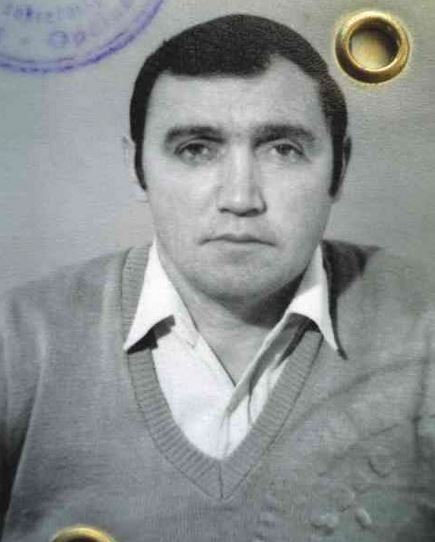
Five days later, his body surfaced in Sremska Kamenica, Serbia.
The abduction and murder of Ljuban Vučinić were not isolated incidents in Vukovar in 1991. Indeed, credible evidence suggests that dozens of Serb inhabitants of Vukovar were kidnapped and killed on the orders of Tomislav Merčep, even before full-scale hostilities began.
Even investigators at The Hague abandoned this case, for reasons unknown, likely because prosecution could have altered prevailing narratives about the Croatian war of the 1990s.
BACKGROUND
SFR Yugoslavia was a federal state made up of 6 republics (FR Slovenia, FR Croatia, SR Bosnia, and Herzegovina, SR Montenegro, SR Serbia, and SR Macedonia). Both Yugoslavia and the JNA were established on the principle of “brotherhood and unity” of all peoples and nationalities who lived in the SFRY.
The social and economic system of the SFRY was socialism.
The 1974 Constitution of Yugoslavia brought about the decentralization of the SFRY, which later enabled the separatist forces in Slovenia and Croatia, and later in Bosnia and Herzegovina to begin the dissolution of Yugoslavia, followed by bloody wars and persecution.
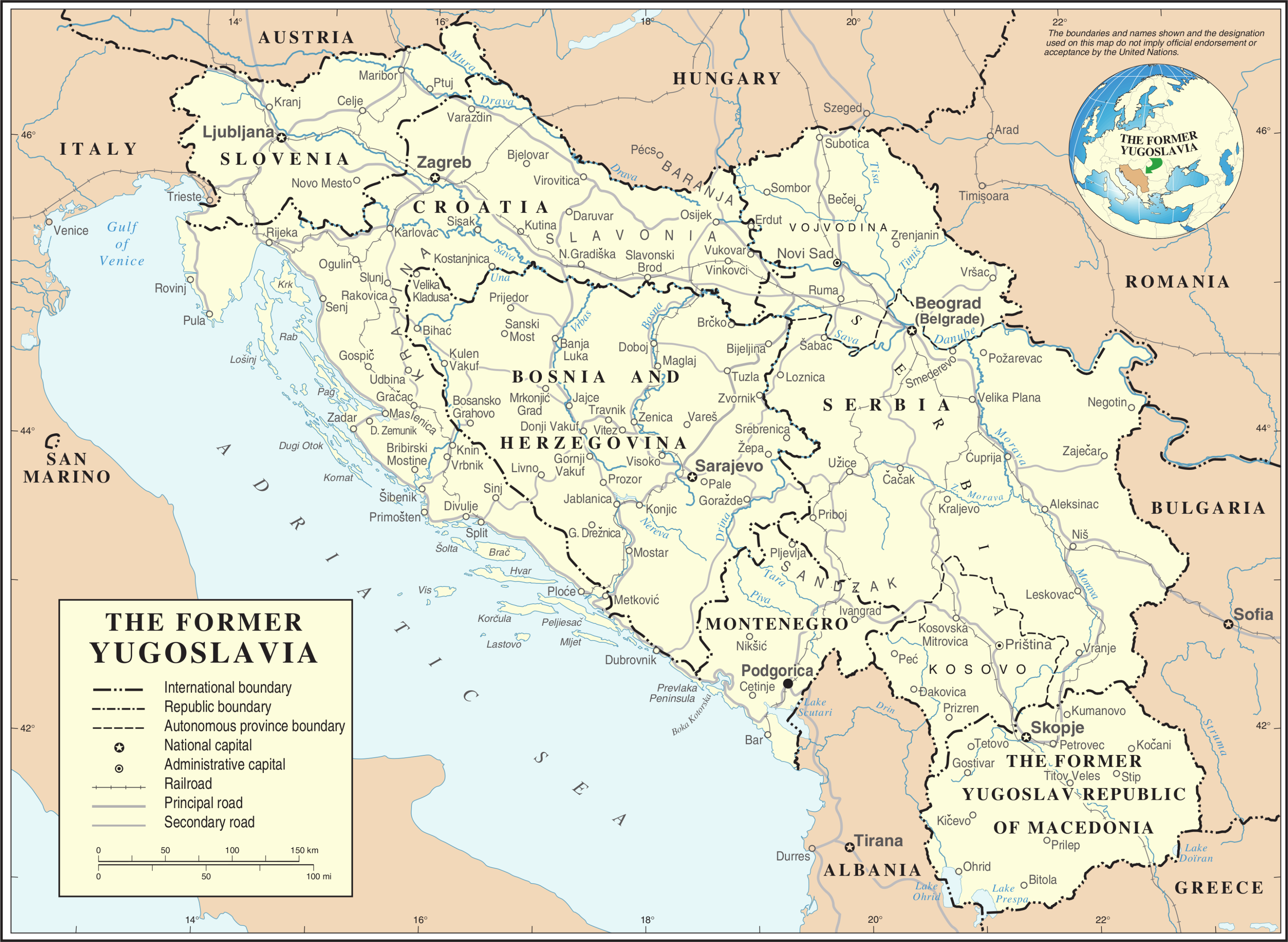
In all the constitutions of Yugoslavia, the Yugoslav People's Army was defined as the only legitimate armed force in the territory of the SFRY, and therefore, the only internationally recognized military entity. At the end of 1989, the SFRY Assembly passed amendments to the Constitution, thus replacing the one-party system with the multiparty system, which meant that besides the Alliance of Communists of Yugoslavia, other parties could now be formed.
At the end of January 1990, the Alliance of Communists of Yugoslavia collapsed, at the 14th SKY Congress in Belgrade, when sharp verbal clashes between Slovenian and Serbian delegates occurred regarding the future of the joint state of the SFRY.
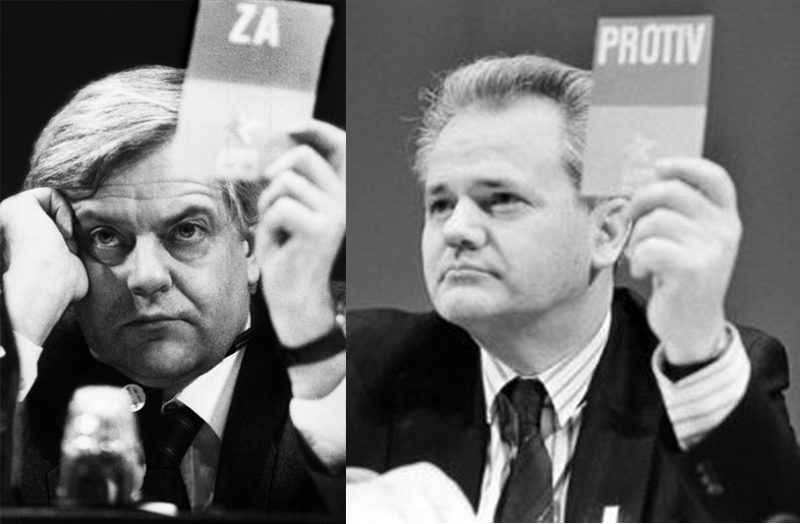
Opposing sides - Kučan and Milosević
The Slovenian delegation left the session, immediately followed by the delegation of the FR Croatia, which brought the issue of the congress into question. After them, the delegations of the FR of Bosnia and Herzegovina and the FR of Macedonia also left the congress.
Thus, after 45 years, the rule of the communists in SFRY ended.
The situation in FR Croatia
On the multi-party elections held in FR Croatia on 22 April 1990, the HDZ party won with its political program clearly stating the desire for independence and separation of FR Croatia from SFRY.

Collaborators against the Serbs: Tudjman and Račan
The victory sparked great euphoria throughout the Federal Republic of Croatia and displays of images of Ustasha criminals (Ante Pavelić, Alojzije Stepinac, Vjekoslav Luburić, and others), while Ustasha greetings and Ustasha songs could be frequently heard. This brought back memories of Serbs in SR Croatia of persecution and genocide in the Independent State of Croatia (The Nazi project between 1941-1945).
As early as spring, the HDZ and Franjo Tudjman took control of the police, the media, the prosecution and the state administration. Serbs working in the police were forced to leave in the spring of 1990 immediately after taking over the power, when the conflict at Maksimir (Zagreb's football stadium) between fans of NK Dinamo (Croatia) and FC Red Star (Serbia), were misused for anti-Serb propaganda.
Thus began a media war against everything that had to do with Serbia and Yugoslavia. In summer, the authorities of the FR Croatia in Zagreb made the decision to form the armed forces themselves. In October and November 1990, a large amount of weapons were illegally imported into the Federal Republic of Croatia for the needs of the reserve police forces, members of the HDZ and the VOC. The action was led by Martin Špegelj and Josip Boljkovac, ministers in the then government of Croatia.
Illegal arming of Croats
The JNA Counterintelligence Service made a film about this endeavor at the JNA military training polygon in Gakov in October 1990 and released it on TV Belgrade on 27 January 1991. On 22 December 1990, a "Christmas Constitution" was solemnly proclaimed in the Parliament, by which the Serbs lost their decades-old constitution rights and Croatia removed the name "socialist" in its name.
Since May 1990, the situation in FR Croatia started worsening day by day and the Serbs were terribly scared for their personal security and their property. Ustasha graffiti, slogans, posters could be seen regularly, and a large number of Serbs received threats by phone that they had to move out of their homes and go to SR Serbia. They even received threatening letters bearing the "HDZ" signature.
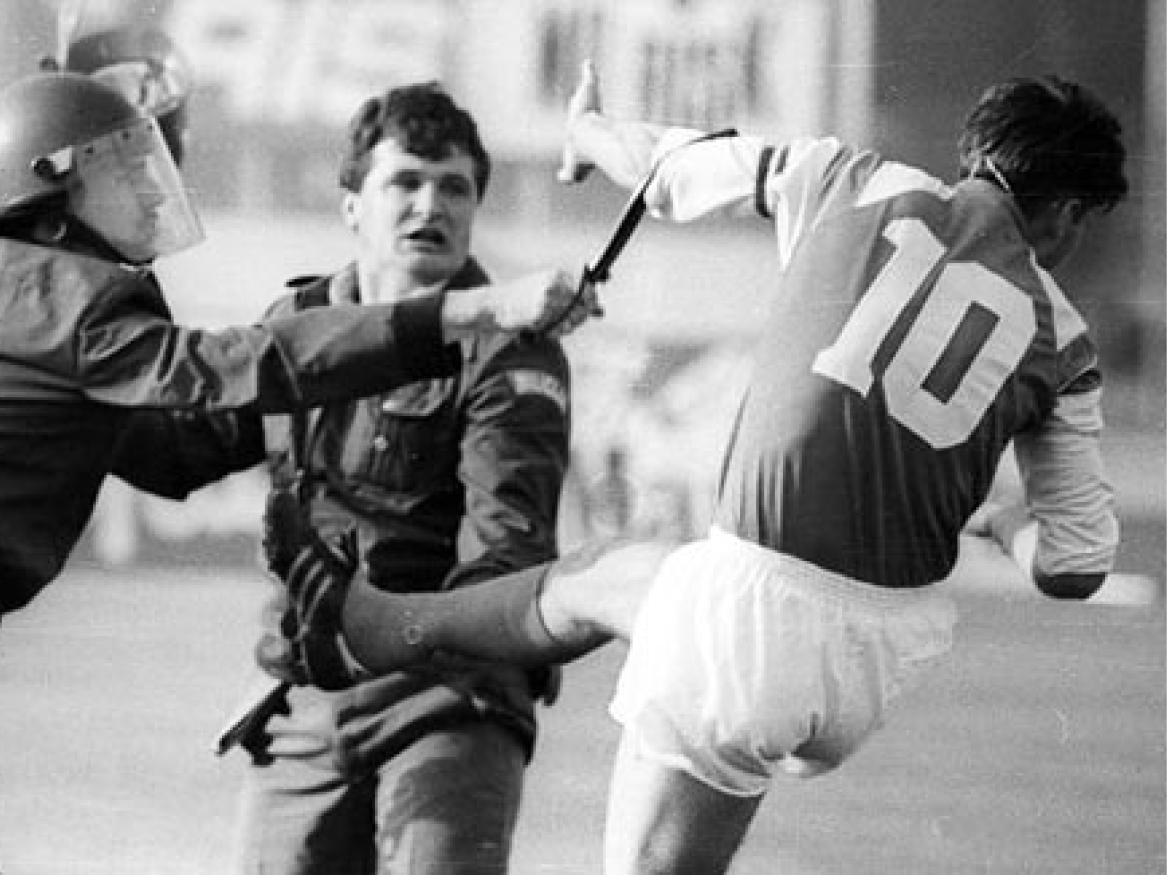
Violence in Zagreb at the Maksimir stadium
Even Croats who were married to Serbs received such threats.
Serbs in Croatia were fired from their jobs, and even their children were mentally and physically abused in schools. In almost all settlements where Croats had an absolute or relative majority, there were certain members of the HDZ party who had a task to keep an eye on the movement of their Serb neighbors (espionage).
BIOGRAPHY
Ljuban Vučinić was born in 1943 in Slavsko Polje near Vrginmost, in the Kordun region. He was one of three children.
He completed his early education locally, worked briefly, then moved, first to Zagreb, and subsequently to Borovo Naselje, seeking better opportunities. There, he settled, married, and had two children. He built a family home on Hercegovacka Street, in a mixed community of Serbs, Croats, and some muslims.

Employed as a driver by the transport firm “Borovo Transport” Vučinić was only months away from retirement when he was abducted.
He was regarded as a capable, dedicated worker who loved music, celebrations, dancing, and was always willing to help others. He raised his children in the spirit of “brotherhood and unity,” promoting coexistence with Croats and other Yugoslav nationalities.
THE CRIME
The tragic abduction of Vučinić followed the violent clashes in Borovo Selo on 2 May 1991, when local Serbs and Croatian police forces engaged in deadly confrontation-an event signaling open hostilities. That evening, Croats gathered at the end of Hercegovacka Street, but Vučinić did not perceive danger, given his good neighborly relations with everyone.
On 5th July 1991, his son Đorđe moved temporarily to the nearby village of Negoslavci, though he continued to return home frequently. In late July, Ljuban received an anonymous warning instructing him to stay indoors and threatening to confiscate his employer’s truck.
On 22th July 1991 at around 03:00, one of their neighbors, who had a key to their gate, called Đorđe in Negoslavci to inform him that Ljuban had been taken the previous night in a yellow Lada and that their house had been searched and ransacked.
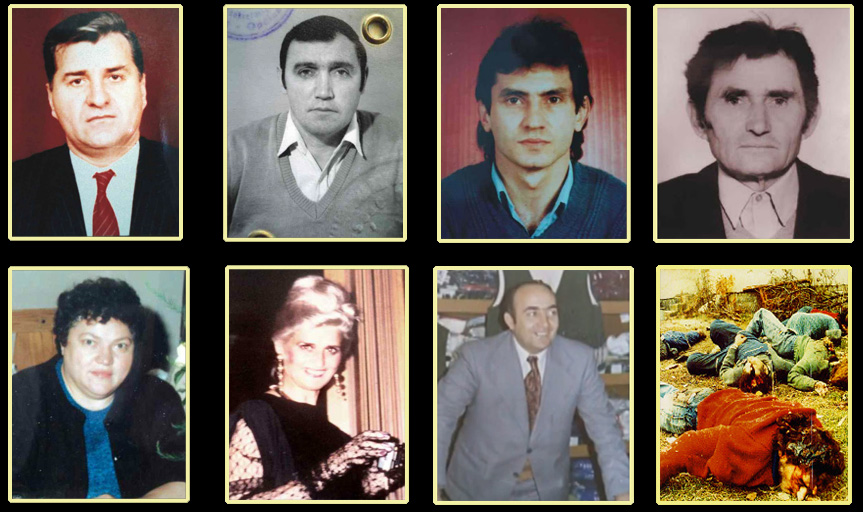
Some of Serbian victims in Vukovar
Đorđe, accompanied by his uncle and cousin, attempted to gather information by contacting all police stations and detention facilities in the region. Through his Croatian brother‑in‑law, they made contact with Merčep, whom they had known from the construction company “Građevinar.” When Đorđe’s brother‑in‑law inquired about Ljuban, Merčep brusquely replied:
“I have no intention of looking for any Serb… yesterday I lost 20 soldiers at Opatovac!”
On 24th July, Đorđe returned home, and several neighbors confirmed the woman's account. Croatian neighbors either withheld information or claimed ignorance regarding Ljuban’s whereabouts.
On 26th July 1991, his daughter gave birth to her second son at Vukovar Hospital. On 1 August, she returned to the parental home and discovered that all their belongings remained scattered-a sign that the house had been searched. Nothing further could be learned about Ljuban’s fate.
POST-WAR DEVELOPMENTS
Only after the war did Đorđe hear of bodies being transported downstream in the Danube to Serbia - Serbs abducted to the riverbanks and executed, and later buried in Novi Sad cemetery.
Đorđe traveled to Novi Sad and met with a police inspector who provided him with his father’s wristwatch, a gift Ljuban once received from his son for punctuality -alongside photographs taken at the Danube near Sremski Karlovci, displaying Ljuban’s body recovered by fishermen.
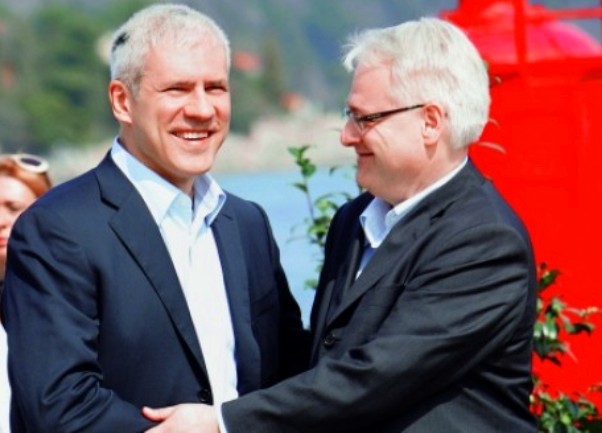
Presidents: Tadic and Josipovic in Vukovar, 1991
Following exhumation, Ljuban was repatriated and buried in Negoslavci. Autopsy findings, backed by Novi Sad police photographs, revealed extensive bruising and head trauma - evidence of savage pre-mortem beating. He had been shot 4–5 times, with bullets entering the back of the head and neck.
LEGAL PROCEEDINGS
Đorđe Vučinić did not file a formal lawsuit, but he spoke twice with Hague investigators, since, on 22th July 1991, full-scale warfare had not yet erupted in Vukovar or Borovo Naselje.
He also consulted with criminal-police officers in Vinkovci, presenting them with all documents in his possession. There were no further contacts thereafter.
He also spoke with attorney Anto Nobilo, who advised him that a legal case would be futile while Tomislav Merčep remained unconvicted of war crimes in the Vukovar area, for fear of losing the lawsuit.
|
WAR AND CRIMES IN VUKOVAR 1991
|
| CRIMES |
Killing of civilians * Karadzicevo * Kriva Bara
Nikolas Demonje Street * Kozaracka Road
Battle of Borovo Selo * Vukovar * Discrimination
|
| CRIMINALS |
Marko Babic * Mile Dedakovic * Zoran Šipoš
Martin Sabljic * Nikola Cibaric * Jure Marusic
Mira Dunatov * Ante Vranjkovic * Ivica Mazar
Vinko Leko * Vlado Lulic * Damir Sardjen * Dosen
Stipo Pole * Mante Mandic * Dujmovic * Raguz
Drazen Gazo * Tomislav Josic * Turbo vod
Blago Zadro * Tihomir Purda * Bartol Domazet
Madjarevic * Tomislav Mercep * Darko Mihaljevic
Zdenko Stefancic * Filkovic * Kolak * Prgomet
204th brigade * Gnezdo * Colak * Ivica Arbanas
Sandor * Franjo Vodopija * Branko Borkovic
Plavsic * Petar Kacic * Juraj Njavro * Hosovci
Damjn Samardzic * Josip Tomasic * Velimir Djerek
Ivan Poljak * Andjelic * Jurkic * Kole Kovacic
Miroslav Sucic * Zdravko Radic * Brothers Molnar
|
| CAMPS |
Drvopromet * Nova Obucara *Borovo komerc * Luzac
Ruthenian Church * Aerodrom * Jews cementary
Police Department * Pizzeria Abazia * Eltz castle
New school * Recruitment office
Kindergarten Pcelica * Municipal basement |
| VICTIMS |
Jovan Jakovljevic * Radovan Stojsic * Ana Lukic
Mladen Mrkic * Vlado Skeledzija * Miroslav Radic
Stevan Inic * Darinka Grujic * Ljuban Vucinic
Zeljko Pajic * Milica Vracaric * Mirko Pojatic
Milenko Djuricic * Zoran Filipovic * Bosko Grbic
Ilija Lozancic * Stevo Malecki * Branko Mirjanic
Predrag Ciric * Sucevic * Ljubomir Bolic
Slavko Miodrag * Milan Vezmar * Marko Tolic
Sveto Nedeljkovic * Nedeljko Zunic
|
|
PUBLICAT.
|
Vuteks brand * Ovcara VS Dudik * Zvonko Ostojic
Milanovic and Plenkovic * Bloodsuckers of Sajmiste
Unspoken things * Autochauvinism * Terms confusion
Not admitting the crime * Vukovar through the centuries
Transcripts * Slavonian Napoleon
One-sided past * Hypocrisy in judgments
|
CONCLUSION
The murder of Ljuban Vučinić represents only one link in a genocidal chain of atrocities that targeted Serbs in the Socialist Republic of Croatia during the 1990s. As Merčep was perceived as the Croatian Democratic Union’s loyal operative in Vukovar, he was empowered to instigate violence - expelling Serbs and seizing their property through war.
These criminal acts took place not only in Vukovar, but also in Zadar, Split, Zagreb, Šibenik, Karlovac, Osijek, Vinkovci, Gospić, Sisak, Daruvar, and others.
Some of those deemed responsible were prosecuted in early 1992 by the Military Court in Belgrade, resulting in over 50 convictions. However, all convicted were later released in the so-called “Panić exchange” on 14 August 1992, under a “all-for-all” prisoner swap.
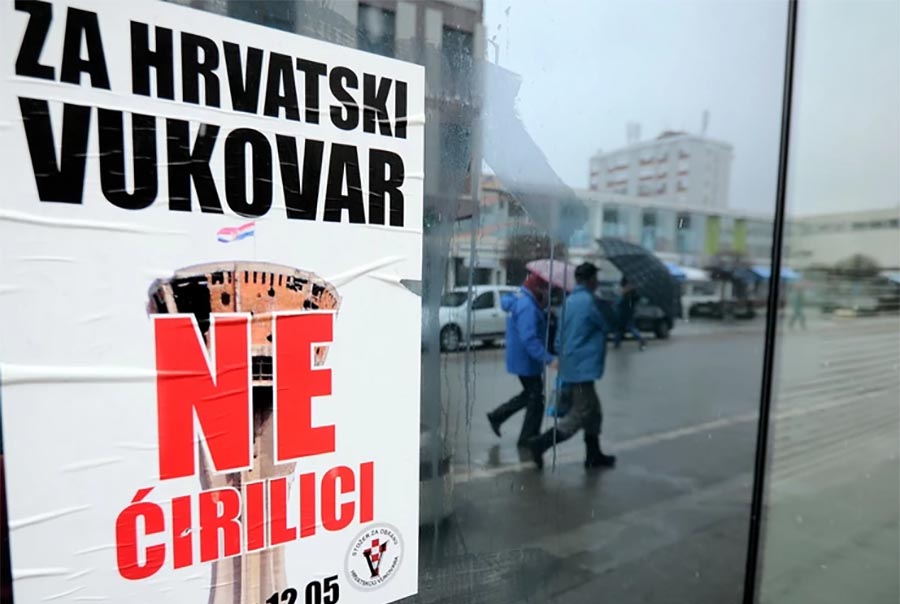
Croatian judiciary authorities have systematically obstructed civil claims filed by families of murdered Serbs. No trials-or even verdicts-have been conducted for most victims in Vukovar, as any convictions would challenge the established narrative of the “Homeland War” by affirming that Serbs, too, were victims.
Tags:
Please, vote for this article:
Visited: 459 point
Number of votes: 0
|